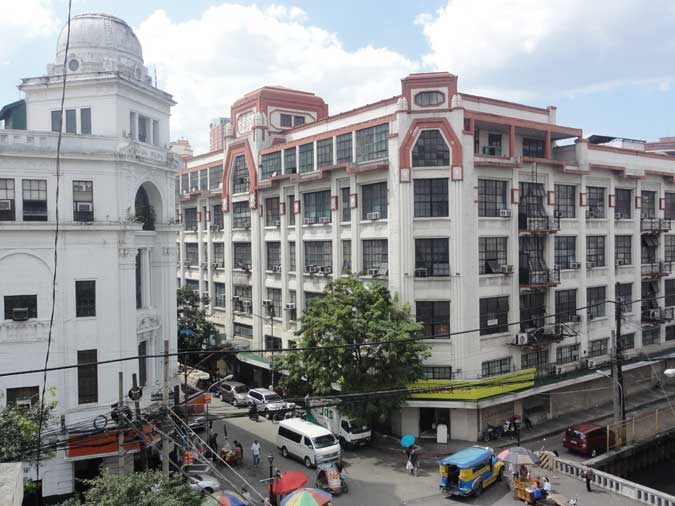NCCA publishes registry of national heritage sites

THE NATIONAL Commission for Culture and the Arts (NCCA) and City of Manila published last month The Philippine Registry of Cultural Property (PRECUP), a repository of all information pertaining to cultural properties in the Philippines.
The registry was established through 2009 or Republic Act 10066, also known as the National Heritage Act of 2009. Article V Section 14 of the Act states, “All cultural properties of the country deemed important to cultural heritage shall be registered in the Philippine Registry of Cultural Property, (PRECUP)” and that “The Commission, through the appropriate cultural agencies and local government units, shall establish and maintain this Registry.” (https://www.officialgazette.gov.ph/2010/03/26/republic-act-no-10066/).
According to the PRECUP brochure, establishing a registry “plays a crucial role in identifying and providing information on all available cultural resources in the country which can be used by the public, land use planners, property owners, developers, the tourism industry, and educators.”
In additional, the registry is expected to increase awareness of cultural heritage, especially in local communities, and facilitate the protection, preservation, and conservation of cultural property.
Considered cultural properties under the PRECUP are those that were declared cultural property by the NCCA or National Cultural Agencies (NCAs); that are presumed important cultural property which are currently not declared by the NCCA or NCAs; local cultural property declared by the respective LGUs through executive order, ordinance, or resolution; and registered cultural property which carry significance to local culture and history.
A post on NCCA’s official Facebook page on May 27 stated that the City of Manila is the first local government unit to use the electronic PRECUP Registration Forms for data gathering.
Based on the data gathered by the City of Manila, the district of Sta. Ana has the most heritage sites with 88, followed by the districts of San Nicolas and Malate with 78 and 55, respectively.
Manila’s list includes parks, monument, buildings, interiors, and even a vista. Among these are the walls of Intramuros, office buildings in the Binondo and Escolta areas including El Hogar and First United Bldg. (formerly Perez-Samanillo Bldg.), Arroceros Park, Paco Park, churches including Quiapo Church and the Manila Cathedral, the Aristocrat restaurant along Roxas Blvd., the interior of the Playboy Club in the Silahis hotel, and Manila Bay and the Waterfront from Del Pan Bridge to the Cultural Center of the Philippines,
The PRECUP is to be updated periodically.
For more information on the registry, visit https://ncca.gov.ph/philippine-registry-cultural…/ and https://tinyurl.com/PRECUPLocal. — MAPS
